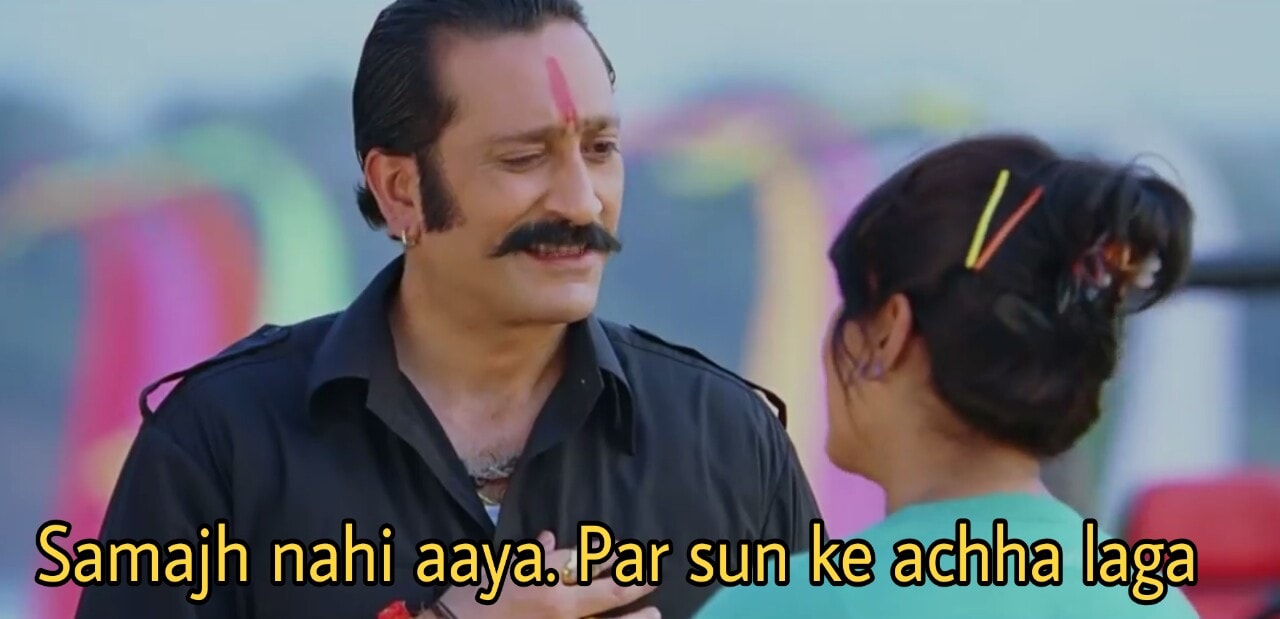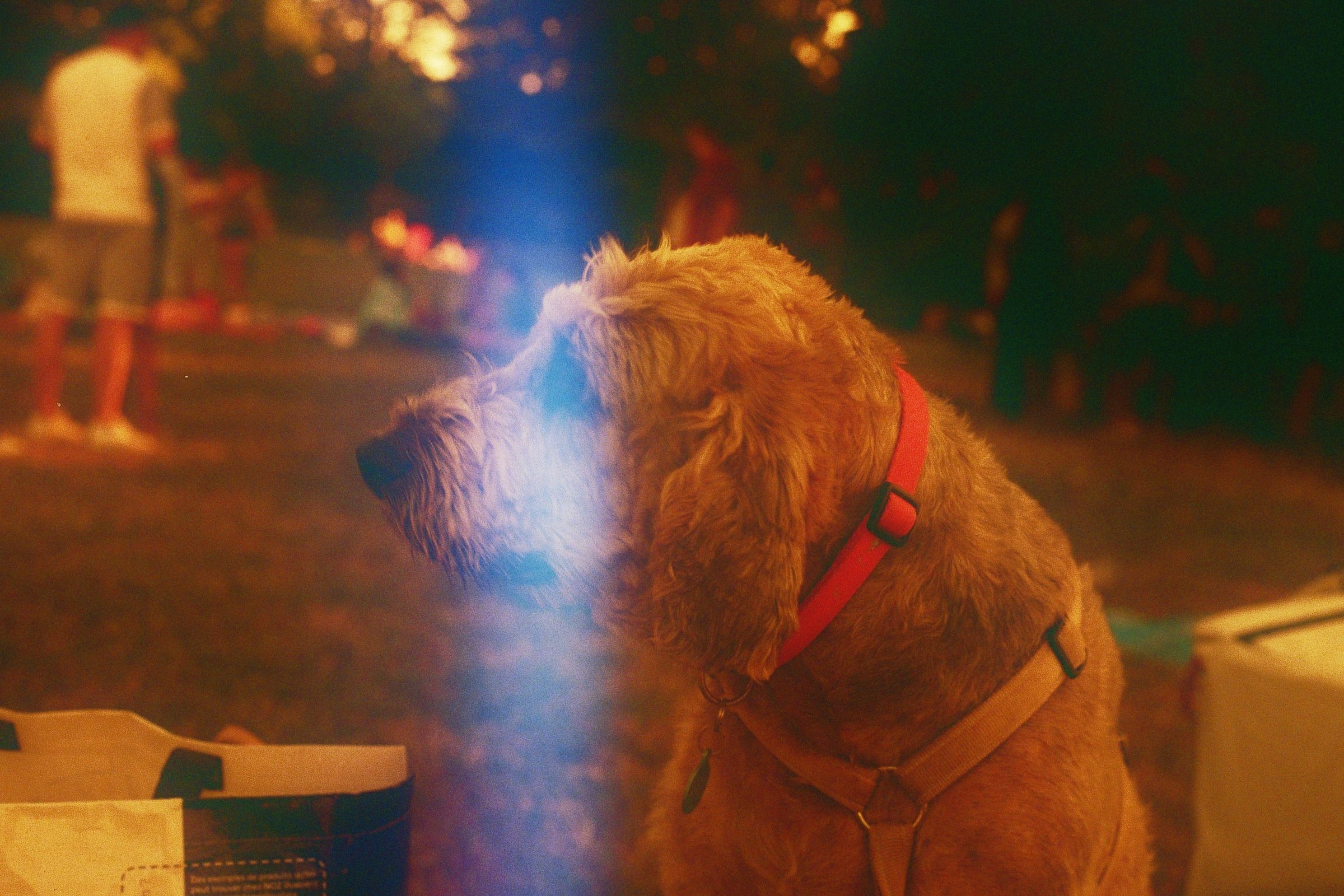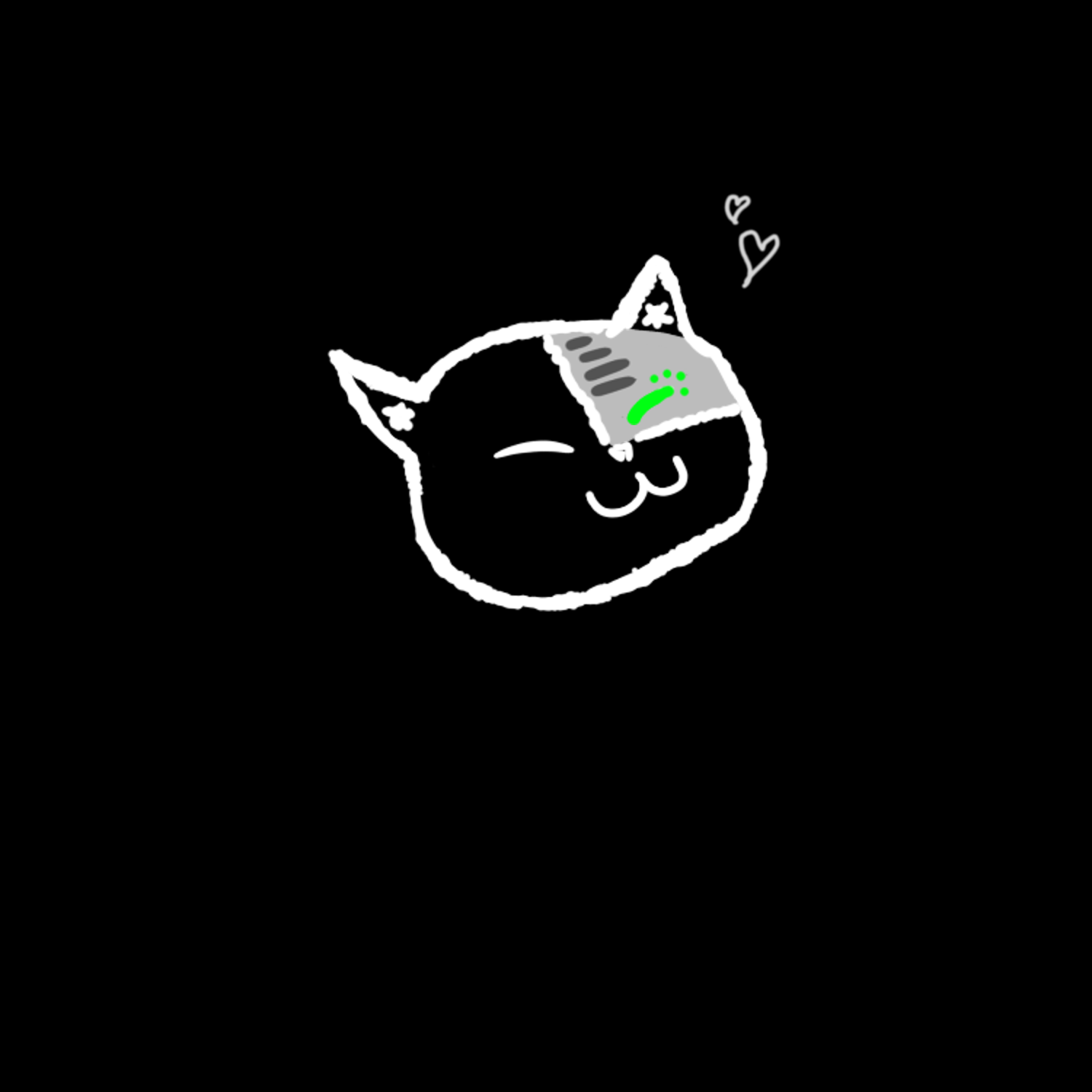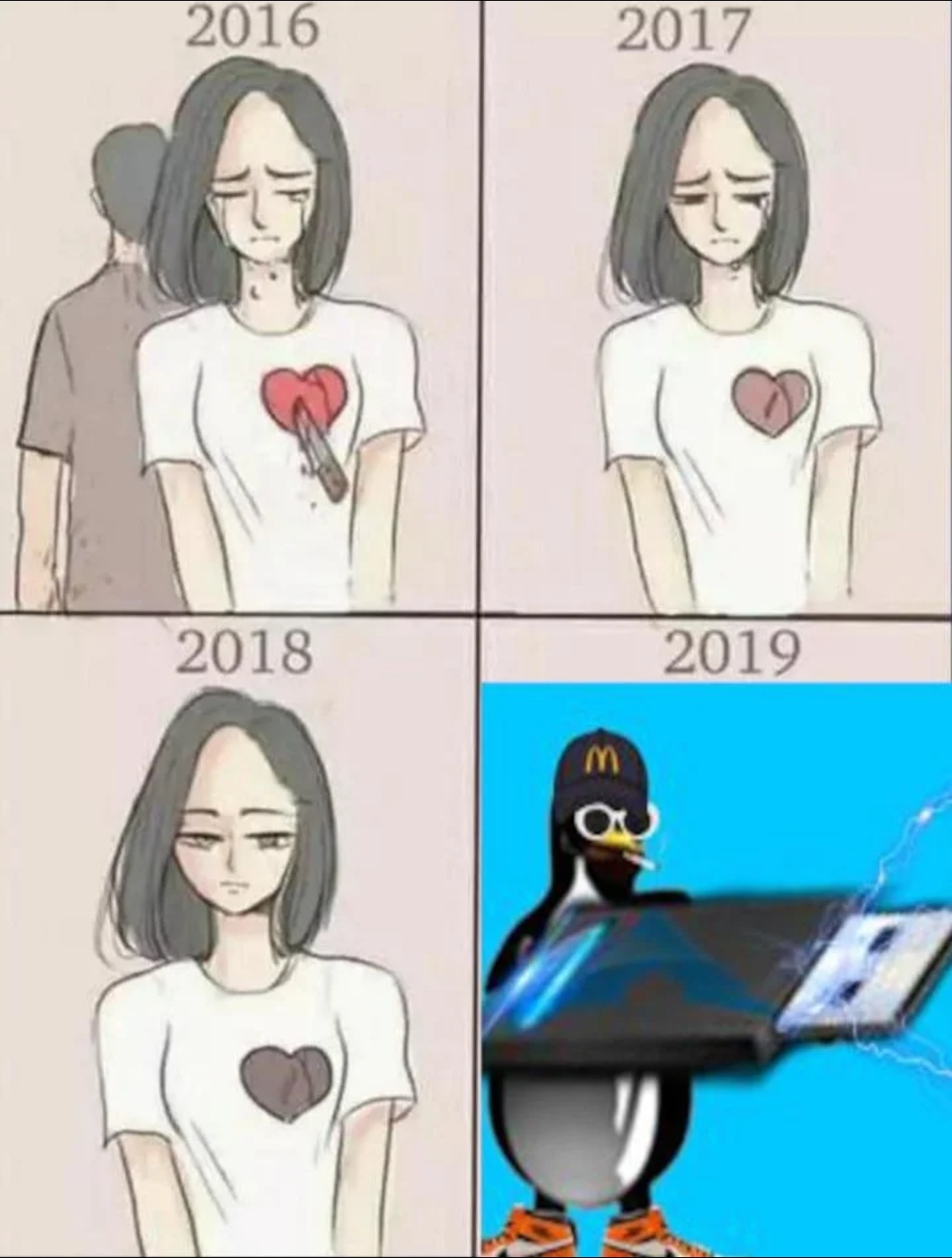thats how i feel when i keep infodumping about phases array radar and solid state lidar using phase modulation for beam steering
I like your funny words, magic kitty :3
pet pet pat
Hey phased array radar, like what’s used on Aegis cruisers, fuck yeah. Beam steering works pretty well on WiFi routers that use it, so the phase modulation is pretty inherent to that use (or not). LIDAR = RADAR but with lazurz yo, and that shit’s trés cool. Damn tech can be fun!
Soooooo 🥹 when calculating voltage drops on our elevation maps? -squee-
Hey guys, is this the phased array radar thread? Sweeeeet
LIDAR = RADAR but with lazurz yo
It’s all about frequency, frequency, frequency.
Also, I hadn’t heard the term “beam steering” before, I was only familiar with beamforming, it is however the coolest shit ever.
anyone who doesn’t think beamforming is the coolest shit should just go do office work until they cark it because they’re painfully boring
it’s basically magic
Beam steering is the reason why Samsung antennas are so powerful yet have low SAR ratings at the same time.
Feel free to infodump. This sounds interesting.
Yooo I love this stuff. Too bad I ended up working in another field entirely
phased array radars are the shit.
Frag mich mal was
It’s me I’m the autistic girl
Please give me info dump
so you know photography right, doing it in your phone is easy but it pales in comparison to professional quality, and it’s mostly not because of the device, for your photo-taking machine to bring meaningful difference you need a certain skill level.
Here’s a few tips how to improve dramatically even with just your phone! Manual is great and all but whatever algorithm your phone uses will always give you an ok photo, and you want to take both good and shit photos! Variety is the spice of life after all
- turn on the 3x3 grid on your camera screen. Then try to allign people’s eyes, faces etc with the top line horizontal in whatever orientation you use. Objects of interest go along them as well, or even in the bits where they cross. Landscapes look best when you get the horizion running the bottom horizontal line. For more information check out rules of composition
now photography is all about light, without it there would be no photo after all. Here’s the 3 key setting that are fun to mess with:
-
go to “more modes” or similarly named menu in your camera. Select pro, here a few fun setting will appear
-
ISO controls brightness and grain, the bigger ISO the brighter the photo but the more grainy too
-
shutter speed control the lenght of exposure to light your photo gets, the longer shutter speed the brighter the photo but the steadier your hands need to be to compensate (with a very long shutter speed you can also take those fun light drawing photos, but that often needs a tripod or some sort of steady spot for your phone)
-
f stop, in phones you get maybe one or two options for that but this controls the depth of field and, you guessed it, brightness. The lower the number the more open your lens is and the more light flows in, but your depth of field gets smaller (blurry background)
most of photography is learning how to balance those 3 settings! All of them have their use, a sports photographer will use much different settings than a studio portait photographer.
though perhaps the most important rule of photography (and all of art) is that there are no rules, just guidelines, when hearing about a “rule” your first thought should be to see what happens when you break it, so then you can understand why it’s a “rule” and perhaps even think of ways to break it with intent so the critics of the world can go “ahhh how clever” at your work :D
I’m not a girl nor autistic (though adhd) but I hope this brings you some fun :3
Do you have a few hours to talk about using reverse-mounted vintage prime lenses for macro photography?
hell yeah :D how does that work? I never heard of that
So basically, a lens captures a large area of light and projects it onto a small sensor.
When you turn the lens around, it captures a very small area the size of the sensor it’s supposed to be used with, and projects an image into the camera that is way too large, resulting in what you see being a severe crop.Which means, the shorter the focal lenght (and the further away the lens is from the camera, for example using bellows), the more „magnification“ you get out of this crop.
Now, this means three things:
-
You lose a fuck-ton of light, and since you’re required to close the aperture by a lot to get any kind of usable depth of field in such a configuration, you will sometimes not be able to see what the hell you’re even doing, because it’s so dark.
This is manageable with a 50mm lens, but obviously gets worse the more you crop. -
Since you’re using old manual lenses, have fun with capturing a busy insect with all the right settings before it buggers off. Using continuous shooting and a flash that can keep up with it is invaluable.
-
And lastly, you can’t even use the focus ring anymore if you mount a lens backwards. Your focus distance is now fixed, and equivalent to the flange focal lenght the lens was built for.
This means your only way of getting the subject in focus is to move the whole camera back and forth, which gets increasingly difficult the higher your magnification, since the depth of field is so incredibly thin, even more so if you keep the lens wide open to see what you’re even doing.
But it’s fun, and so much cheaper than dedicated macro lenses :D
y’all are delightful
wow I might have to try it! I love macro photgraphy :D
You could just get a reverse-ring to mount one of your existing lenses backwards, but I want to steer you into the rabbithole of vintage lenses anyway
Ebay has loads of all kinds of them, and many are in no way behind modern lenses in terms of image quality, while being super affordable.
But then there’s also lenses people specifically seek out because they aren’t perfect, and exhibit visual quirks that make them interesting for creative work.
The soviet Helios 44-2 for example has some strong spherical abberations going on, producing what most people call a „swirly bokeh“.
This lens has been used in some scenes of The Batman, and they even modified their expensive anamorphic cinema lenses to look more like the Helios.
-
Ty info waifu
info waifu
Im gonna steal that
So here’s a question: How do I photograph the moon to get its features and not a blurry luminous blob?
You let your Samsung phone AI generate it for you
I have a Samsung phone! But it’s one or two years before the smart-moon-photographing-software scandal, so I have to actually figure out how to use the advanced settings of the camera.
the moon is very bright - lower your ISO until you can see its features :)
woaggg this is great mrow !!!
meow mrow meow meow meow meow (i am infodumping to u :3)
Cute kittens infodumping are the most adorable thing in the world🥰

>mfw
The caption says, “(I) didn’t understand anything, but felt nice to listen.”
Link to video because nobody did that yet
Here is an alternative Piped link(s):
https://piped.video/5YI9noRIjwo
Piped is a privacy-respecting open-source alternative frontend to YouTube.
I’m open-source; check me out at GitHub.
Bonjour
Salut
Wesh
Guten Tag
I am totally guilty of infodumping. When it’s about a topic that sparks joy (in me), I call it geeking out as in I geeked out about about my Star Trek card game at the party and no one seemed to understand or mind too much.
What star trek card game?
This Star Trek card game. It’s called Fleet And Federation and imagines what would happen if a setting like the original series was a well-edited reality show (which allowed me to mix in navy events and Hollywood development events into the mix). It’s a co-op game that tries to operate as a fast(er) action TTRPG, the end result of occasionally getting face time with my old gaming crew but not having time enough with them for a proper TTRPG campaign (or even a run)
I worked on it a long while before giving up for lack of local playtesters and venues. In retrospect (having since learned more design theory online), F&F would suffer a bit from quarterbacking, but otherwise was fairly viable a working game.
That said, I was quite proud of countless diegetic elements of the game and would sometime have to explain it to someone, but first explain what the hell F&F was so that they’d know what I was talking about, and by then their eyes were thoroughly glazed over.
You can infodump in a box in the bathroom.
I’m adopting kitties ❤️
Being a good listener means this happens frequently, haha.
Whales!
MOLEZT THAT KITTY!!













